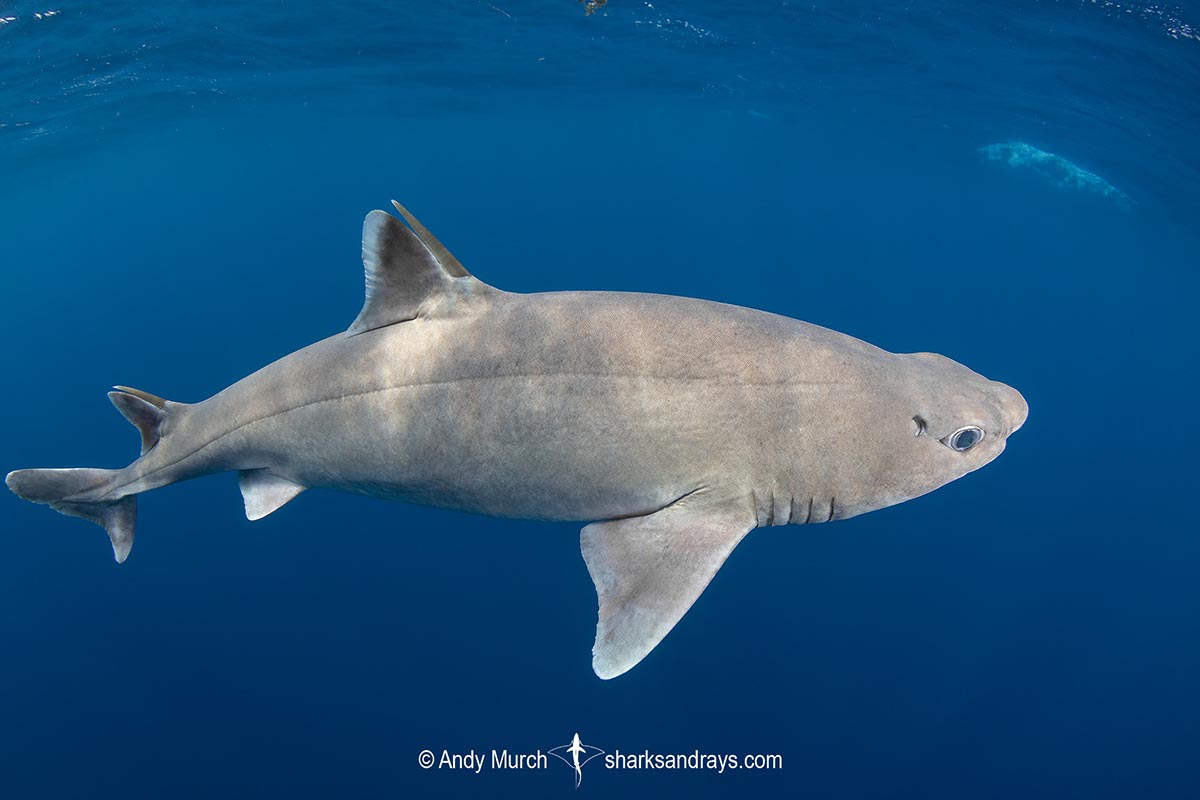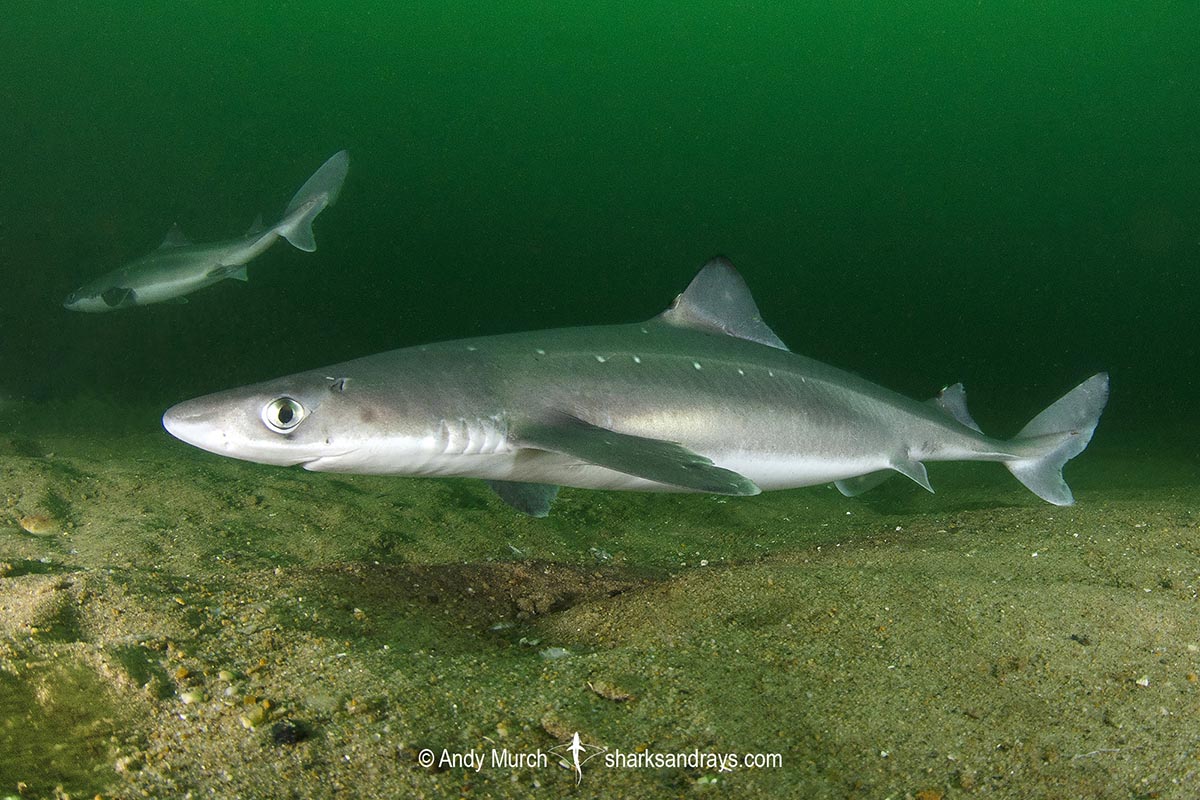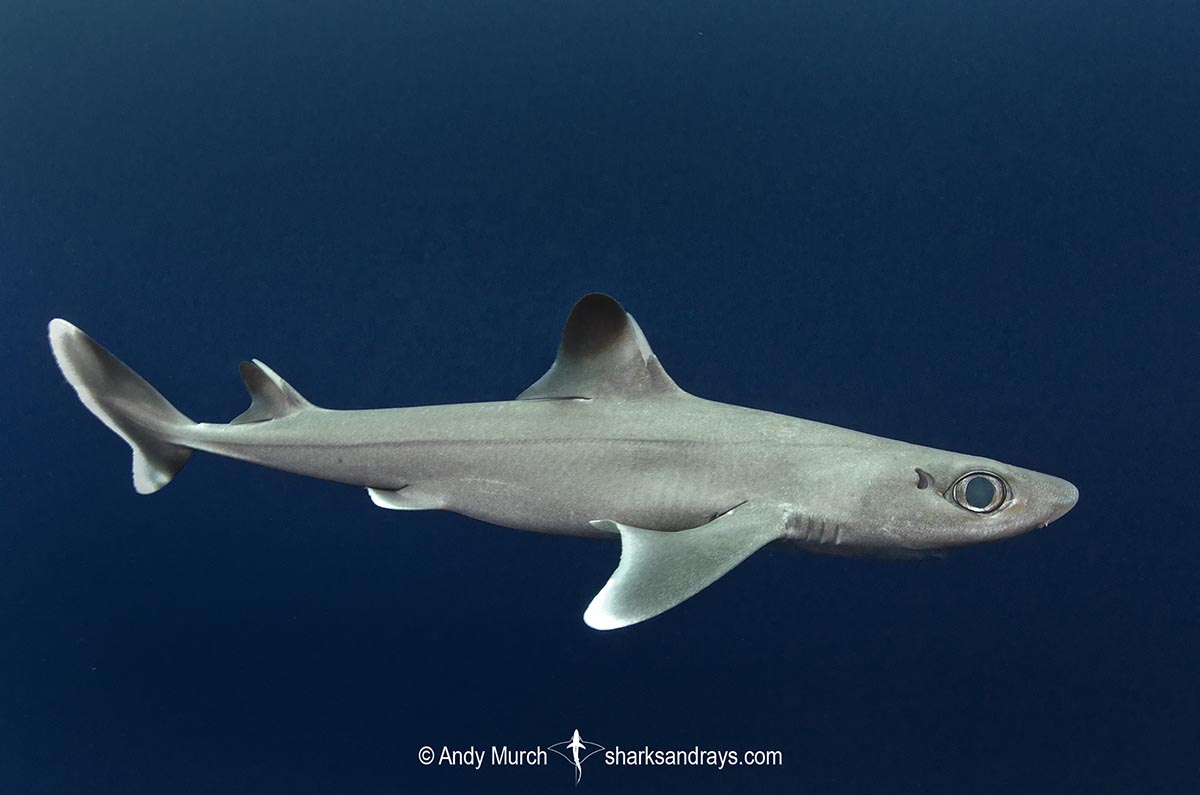Common names
Roughskin Spurdog, Roughskin Spiny Dogfish.
Binomial
Cirrhigaleus asper.
Synonyms
Squalus asper.
Identification
A relatively stout squaloid shark with a snout length approximately equal to mouth width, and a broad anterior nasal flap. Two dorsal fins with long anterior spines. First dorsal fin origin significantly posterior to free rear tip of pectoral fin. Second dorsal almost as large first. Spine on second dorsal fin more curved than spine on first dorsal fin. All fins have white posterior margins; more pronounced on dorsal fins and lower caudal lobe. Pectoral fins broad with rounded free rear tips.
Dorsal cororation grey or greyish-brown and unmarked. Ventrum pale.
Size
Maximum recorded length 118cm but usually 90cm. Size at birth 25-28cm.
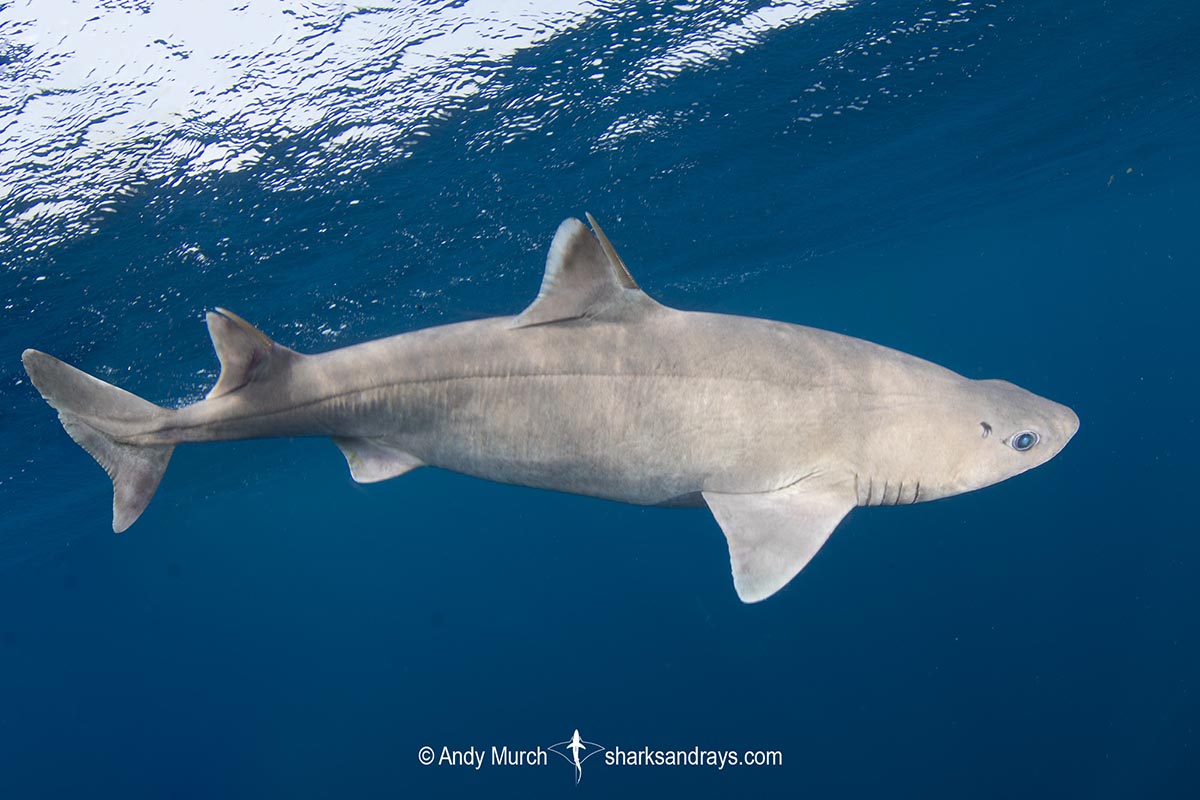
Conservation Status
DATA DEFICIENT
The Roughskin Spurdog is a wide ranging species that is not known to be directly targeted in any fisheries, but it is incidentally caught in demersal trawl or longline fisheries. For example, it is captured in the shrimp trawl fishery in the Gulf of Mexico, the bottom fish fishery in the Hawaiian Archipelago, and off southern Africa in the prawn trawl fishery.
It is likely to have undergone declines in some areas (e.g. in Central and South America where Industrial and artisanal fisheries are intense and largely unmanaged) but no species specific catch data for the roughskin spurdog is available.
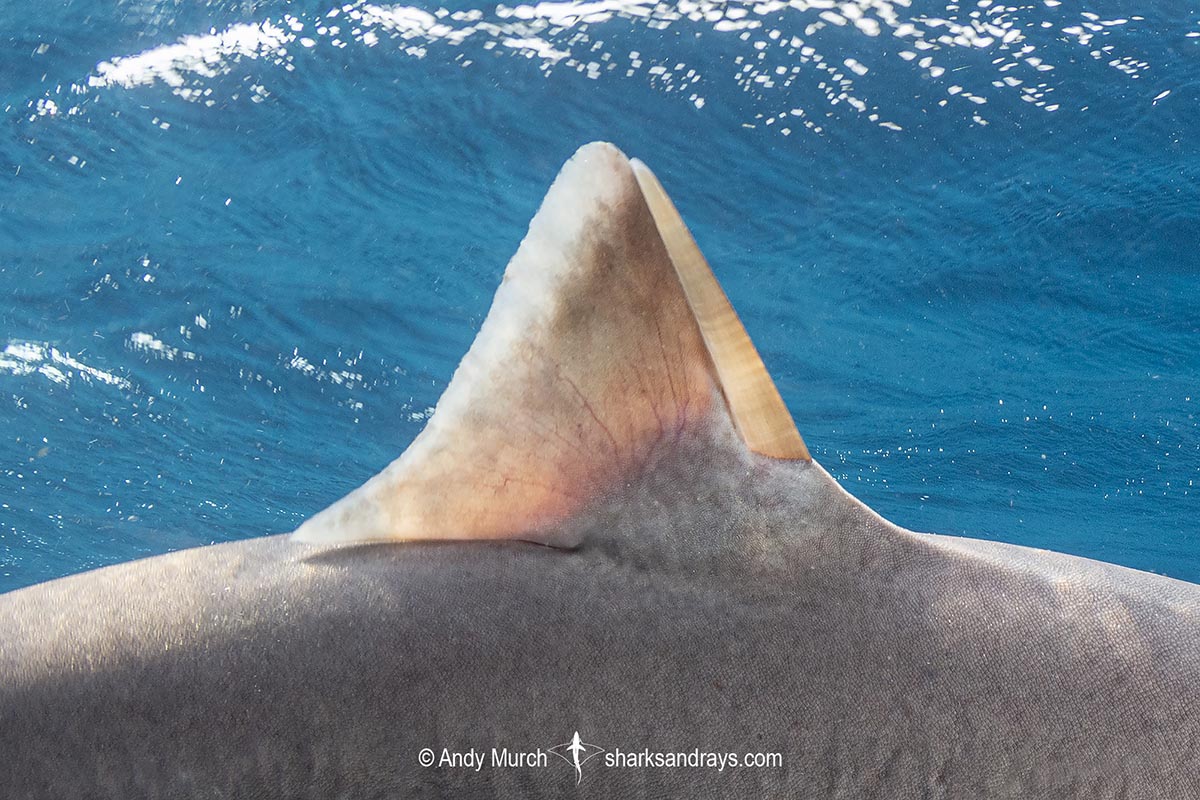
Habitat
A tropical/sub-tropical deepwater species from the continental shelf and upper slope. 73-600m. Sometimes near bays and river mouths.
Distribution
The roughskin spurdog has a wide but fragmented range in the western Atlantic, Indian Ocean, and central Pacific. The Atlantic and Pacific populations are probably different species.
Reproduction
An aplacental viviparous species. Litter size 18-23.
Diet
Feeds on bony fishes and cephalopods.
Behavior
Unknown, but heavy body indicates a sedentary lifestyle.
Reaction to divers
Unknown but probably very shy. The roughskin spurdog occurs in water deeper than
Diving logistics
The roughskin spurdog occurs in water to deep to be encountered by recreational divers.
Similar species
Spiny Dogfish Distinguished by white spots on lateral line and position of first dorsal fin origin which is close to the pectoral fin insertions.
Cuban Dogfish Distinguished by first dorsal origin over pectoral fin, black-tipped dorsal fins, and larger eyes.

